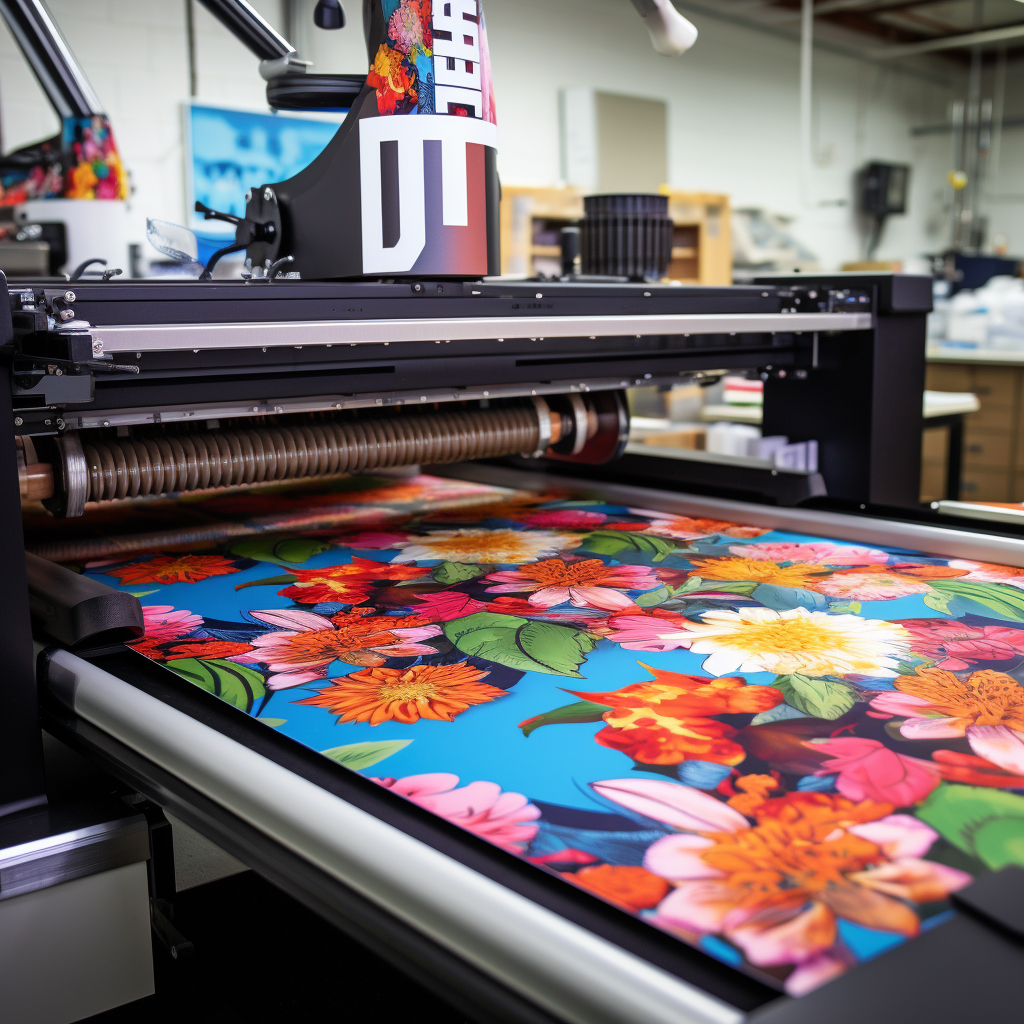Screen printing and DTF printing are two popular methods for creating high-quality prints. Here are the key differences between these two printing techniques:

1. Process: In screen printing, a design is transferred onto a mesh screen, and ink is pushed through the screen onto the substrate using a squeegee. DTF printing, on the other hand, involves printing the design onto a special film, which is then transferred onto the substrate using heat and pressure.
2. Detail and Resolution: Screen printing is known for its ability to produce bold and vibrant designs with high color opacity. However, it may not achieve the same level of detail and resolution as DTF printing, which can offer finer details and smoother gradients due to the digital printing process.
3. Color Count: Screen printing typically requires separate screens for each color in the design, which can limit the number of colors that can be used efficiently. DTF printing allows for the use of unlimited colors in a design, as it is a digital printing process that can reproduce complex and multicolored designs accurately.
4. Substrate Compatibility: Screen printing is versatile and can be used on a wide range of substrates, including textiles, paper, glass, plastics, and more. DTF printing is primarily used for printing on fabrics, particularly on garments made of polyester or blends with a high polyester content.
5. Production Speed: Screen printing can be slower compared to DTF printing, especially when multiple colors are involved. Each color requires a separate pass with screen printing, while DTF printing allows for simultaneous printing of multiple colors in a single pass.
6. Setup and Cost: Screen printing requires the creation of screens for each color, which involves setup time and costs. DTF printing requires digital artwork preparation and the use of special films, but it eliminates the need for screen setups. The cost-effectiveness of each method depends on factors such as the print volume, complexity of the design, and color count.
7. Washability and Durability: Both screen printing and DTF printing can produce durable prints, but the longevity may vary based on factors such as ink quality, substrate type, and proper care. Proper curing and post-processing techniques are important for achieving washability and durability in both methods.
It's important to consider the specific requirements of your project, including the desired print quality, substrate type, color count, production speed, and cost considerations, when choosing between screen printing and DTF printing. Each method has its strengths and can be suitable for different applications and production scenarios.
